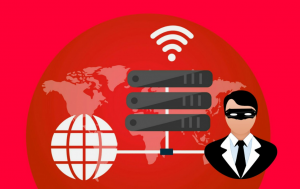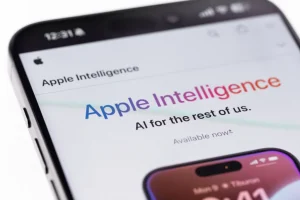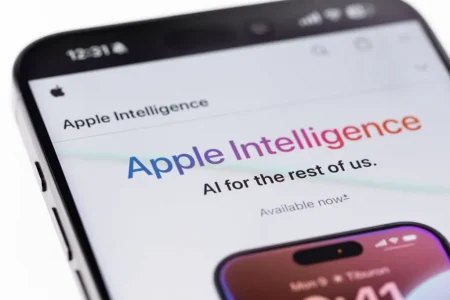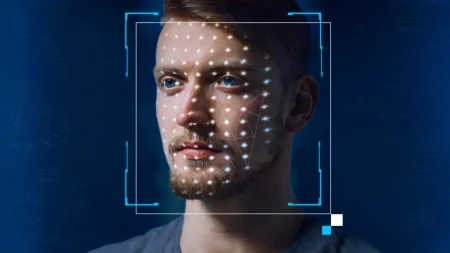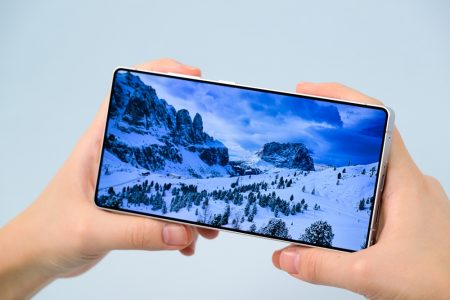Adarsh explores Bharti Airtel’s recent announcement to partner with Google’s parent company Alphabet to deliver high-speed internet to remote areas of India.
India is a country with a significant digital divide. While many people in urban areas have access to high-speed internet, millions of people in rural areas do not.
This digital divide can have a significant impact on people’s lives, limiting their access to education, healthcare, and other essential services.
India’s Digital Divide
The digital divide in India is a major problem. According to a 2021 report by the World Bank, only 35% of people in rural India have access to the internet. This means that millions of people are unable to participate in the digital economy and are missing out on the many benefits that the internet has to offer.

Laser-Based Internet Technology as a Solution
If you ask the folks at Airtel, laser-based internet technology could be a solution to India’s digital divide. This technology is relatively easy to deploy and can be used to provide internet access to areas that are not currently served by traditional fibre-optic cables. This could help to bridge the digital divide and improve the lives of millions of people.
Laser-based internet technology uses light beams to transmit data over long distances. This technology is similar to fibre-optic cables, but it does not require the installation of new infrastructure. Instead, laser-based internet technology can be used to transmit data over existing infrastructure, such as power lines or cell towers.
Airtel’s Partnership with Google
The latest laser-based technology has been developed at Alphabet’s California-based innovation lab called X, also nicknamed the “Moonshot Factory.” Internally, the project is known as Taara. The plan is to bring wireless optical communications technology that can transmit data at speeds up to 20 Gbps across rural India.
Mahesh Krishnaswamy, General Manager, Project Taara at X said, “Over the coming months Airtel will be deploying Taara’s links across their network in rural and urban areas in an effort to bring fast affordable internet to more people. This rollout follows a number of pilots with Airtel and is the largest deployment of Taara in India to date.”
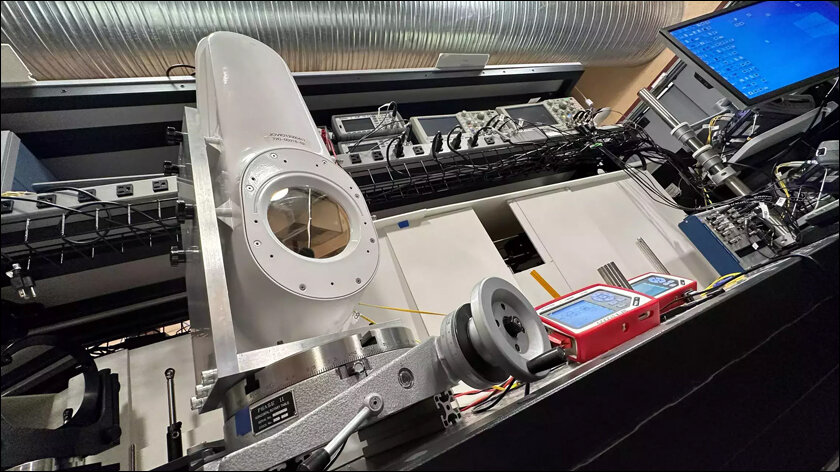
The Benefits & Impact of Laser-Based Internet Technology
There are several benefits to using laser-based internet technology to provide internet access to rural areas. First, laser-based internet technology can transmit data over long distances, which means that it can be used to bring the internet to areas that are not currently served by traditional fibre-optic cables. Second, laser-based internet technology is relatively easy to deploy, which means that it can be deployed more quickly and cost-effectively than traditional fibre-optic cables.
The impact of laser-based internet technology could be significant. It could help bridge the digital divide in India and improve the lives of millions of people. For example, people in rural areas would be able to access online education and healthcare services, which could improve their quality of life. They would also be able to connect with friends and family online, which could help reduce isolation.
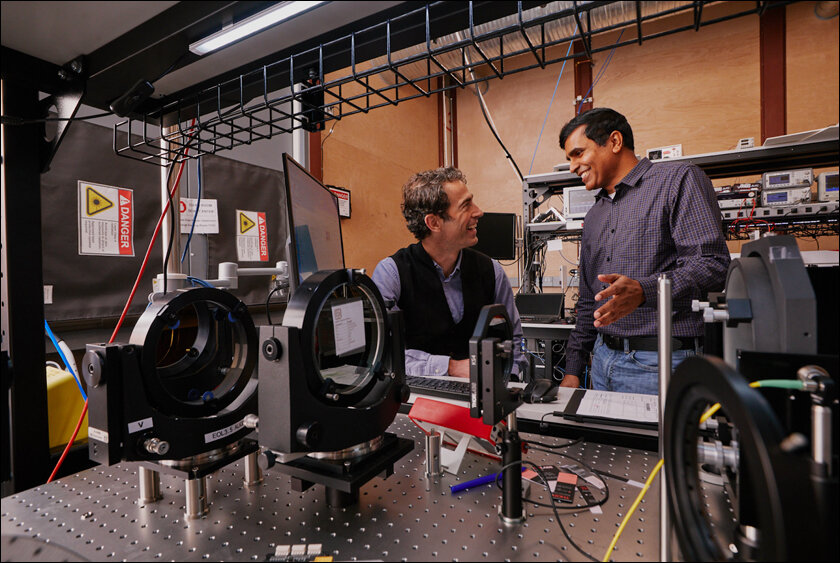
The Future of Laser-Based Internet Technology
Laser-based internet technology is still in its early stages, but it has the potential to revolutionize the way we access the internet. This technology could be used to provide high-speed internet access to people all over the world, regardless of their location. This could have a significant impact on the lives of millions of people and could help bridge the digital divide.
The Last Word
Google and Airtel’s laser-based internet technology is a promising new technology that could help bridge the digital divide in India. This technology has the potential to improve the lives of millions of people and make India a more connected country.
What are your thoughts on this new technology? Is this the solution to the current lack of internet connectivity in various parts of India? Let us know your thoughts in the comments section.
In case you missed:
- 15 Billion Transactions a Month! How UPI is transforming India’s Digital Economy
- How India broke its Paralympics Medal Tally by using Assistive Tech
- Apple Intelligence to increase Global Reach with Multilingual Support
- AI and Loneliness: Culprit or Cure?
- Heavenly Bytes: Is AI the new Medium to God?
- Param Rudra: Modi launches India’s Homegrown Supercomputing Powerhouse
- 13 Ways to Speed Up your Wi-Fi Connection
- Bridging the Gender Gap in AI-Based Roles
- The World’s First Global AI Treaty Signed in Vilnius
- TalkBack, Circle To Search & 3 More Google Features added on Android
